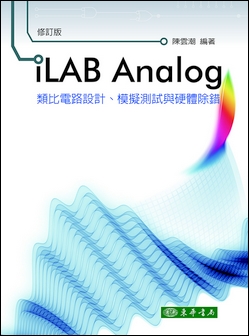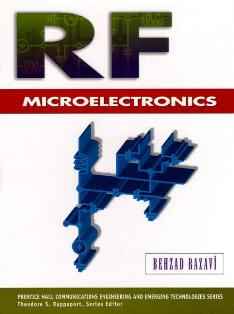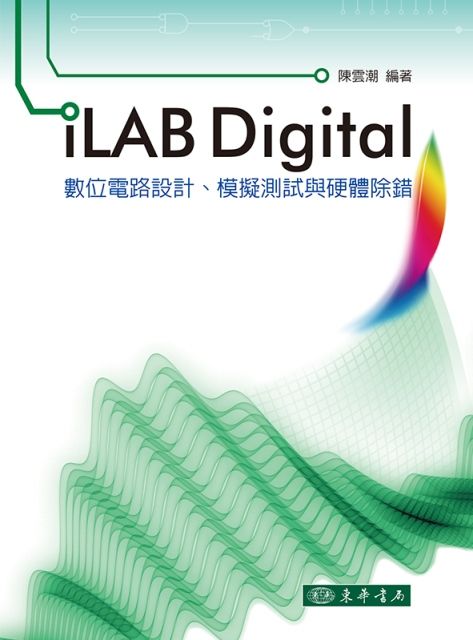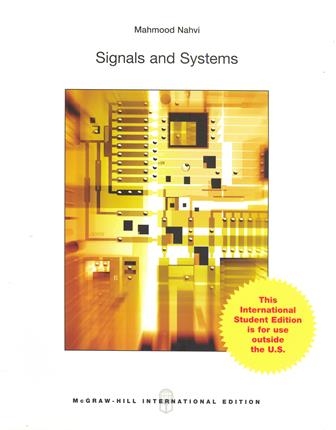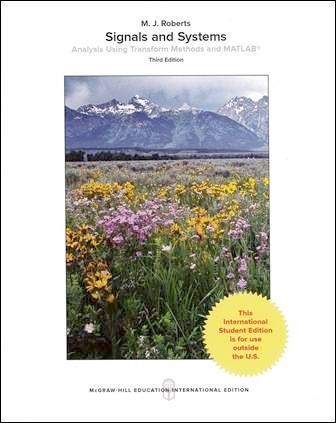書籍分類
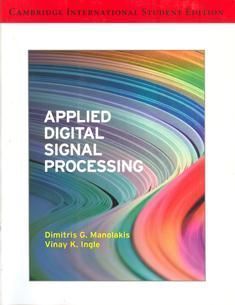
Applied Digital Signal Processing
作者:Dimitris G. Manolakis , Vinay K. Ingle
原價:NT$ 1,400
ISBN:9781107636415
版次:1
年份:2012
出版商:Cambridge University
頁數/規格:991頁/平裝雙色
版次:1
年份:2012
出版商:Cambridge University
頁數/規格:991頁/平裝雙色
內容介紹 本書特色 目錄
- Description
Master the basic concepts and methodologies of digital signal processing with this systematic introduction, without the need for an extensive mathematical background. The authors lead the reader through the fundamental mathematical principles underlying the operation of key signal processing techniques, providing simple arguments and cases rather than detailed general proofs. Coverage of practical implementation, discussion of the limitations of particular methods and plentiful MATLAB illustrations allow readers to better connect theory and practice. A focus on algorithms that are of theoretical importance or useful in real-world applications ensures that students cover material relevant to engineering practice, and equips students and practitioners alike with the basic principles necessary to apply DSP techniques to a variety of applications. Chapters include worked examples, problems and computer experiments, helping students to absorb the material they have just read. Lecture slides for all figures and solutions to the numerous problems are available to instructors.



